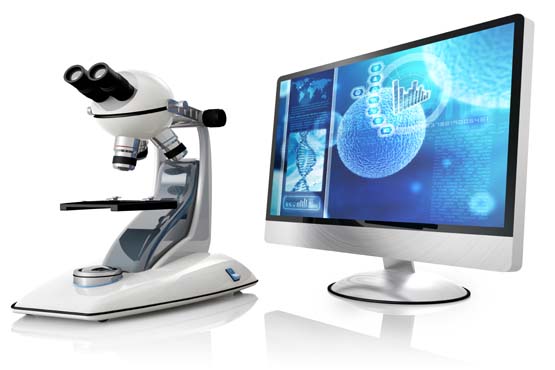What is CIN I-II-III ?

The term CIN is the abbreviated version of the term “cervical intraepithelial neoplasia”. It means cancer confined to the epithelial cells of the cervix. Although the term includes the word “cancer”, it refers to an event that has yet to turn into cancer. In the new pathology system (Bethesta System), the term neoplasia (cancer) has been replaced by the term lesion. In the new system, the abbreviated terms LSIL and HSIL are used. LSIL means low-grade epithelial lesion, and HSIL means high-grade epithelial lesion. LSIL and CIN 1 are the same thing. HSIL and CIN 2 or CIN 3 are the same thing. Pathology reports usually show the results using both systems.
If patients whose smear or biopsy show CIN 1 (LSIL) are left helpless without any treatment, the condition regresses, that is, returns to normal in 62.7% of the patients, do not change and remains the same in 18.6% of the patients, and progresses to CIN2/CIN3 (HSIL) in 18.6% of the patients.
The probability of CIN 1 (LSIL) to progress to cancer is 0.15%, while the probability of CIN2/CIN3 (HSIL) to progress to cancer is 1.44%. Conditions of patients whose tests show CIN 1 (LSIL) return to normal spontaneously with a probability of 47.39%, while conditions of patients whose tests show CIN 2/CIN3 (HSIL) regress to CIN 1 (LSIL) with a probability of 35.03%.
This article may also interest you

Sometimes your smear result may come in the form of ASC-US. It is an abbreviation of Atypical Squamous Cells of Udetermined Significance.
Read more

 TR
TR SQ
SQ